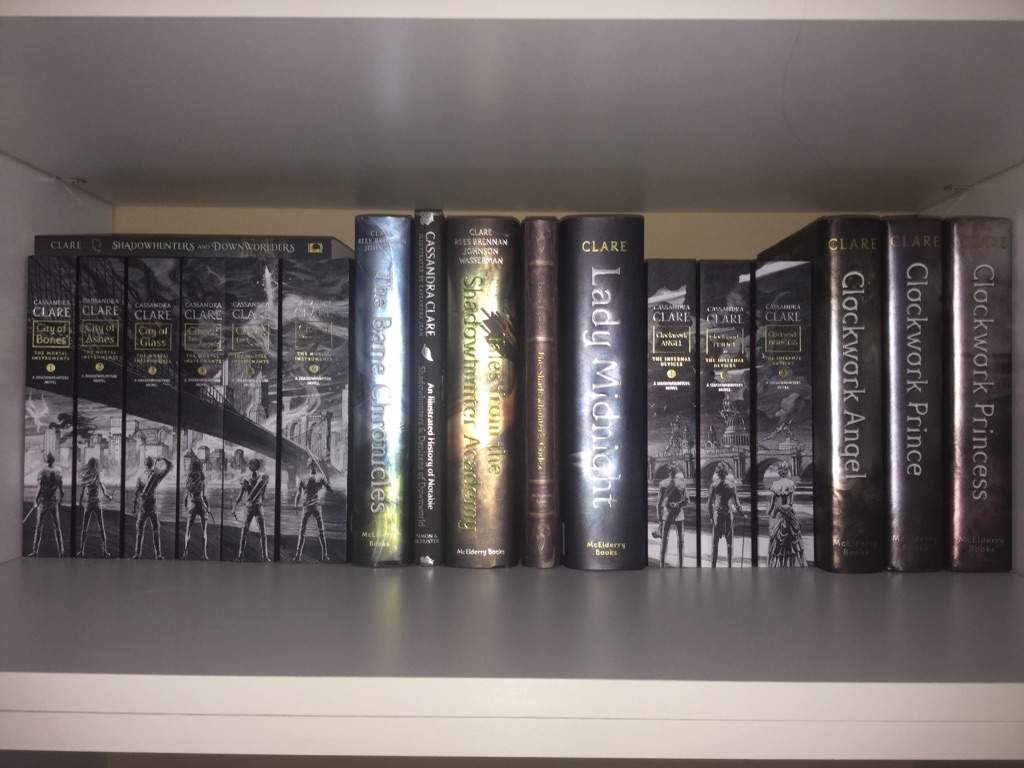

That’s how I got started on artists’ books, but certainly before I came to artists’ books, I was already a bibliomaniac. One can search a name and might come up with the person who made the paper in a book and only that. In my digital bibliography I name all twenty of them. Sometimes in a book you can have twenty collaborators. It has as much to do with the structure, the means of making the book, the techniques, the binding, the stitching, the marbling, and the paper. It’s not just title, author, publisher, and dates. It was much more interesting to catalogue an artist’s book than a book. I was always interested in art history and bibliography, too.

If the artists are sufficiently competent, they can reproduce a watercolor twenty times in a small edition. They even encompass the non-graphic techniques like watercolor and pencil drawing, which are unique books-although there are people who have done watercolor books in editions, if you can believe such a thing. Artists’ books certainly encompass all the graphic techniques, such as etching, silkscreen, lithography, and monotypes. When I saw the first artist’s book, it was a kind of fusion of the art monograph (art) and the physical object (sculpture) as it was a three-dimensional thing. I was particularly interested in African sculpture. Before I started collecting artists’ books, I collected many other types, such as pop-ups, limericks, books about freedom of speech and censorship-the latter were during the dark years-which were eventually lodged at the university, and art monographs. I had the collecting gene in my blood, no doubt about it. I was brought up in a home surrounded by books, but not artists’ books, obviously. So I was really in there right at the beginning. The genre only started in the mid-1960s with people like Ed Ruscha and Dieter Roth. Jack Ginsberg: I started collecting artists’ books more than forty years ago. How did you start and what led to your interest in this genre?
#Origins of the book collector archive#
South African Jack Ginsberg has assembled a world class collection of artists’ books over the last 40 years and has created an online archive of South African artists’ books He was interview by Christine Mullen Kreamer in Johannesburg on March 21, 2013.Ĭhristine Mullen Kreamer: You’ve been collecting artists’ books for many years.


 0 kommentar(er)
0 kommentar(er)
